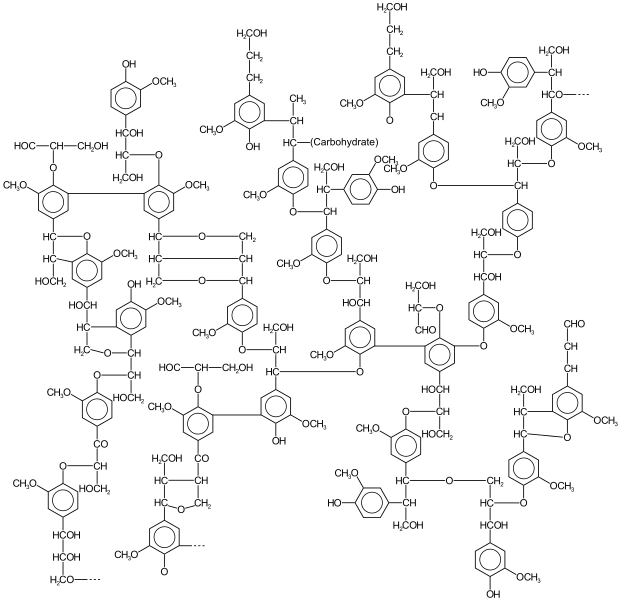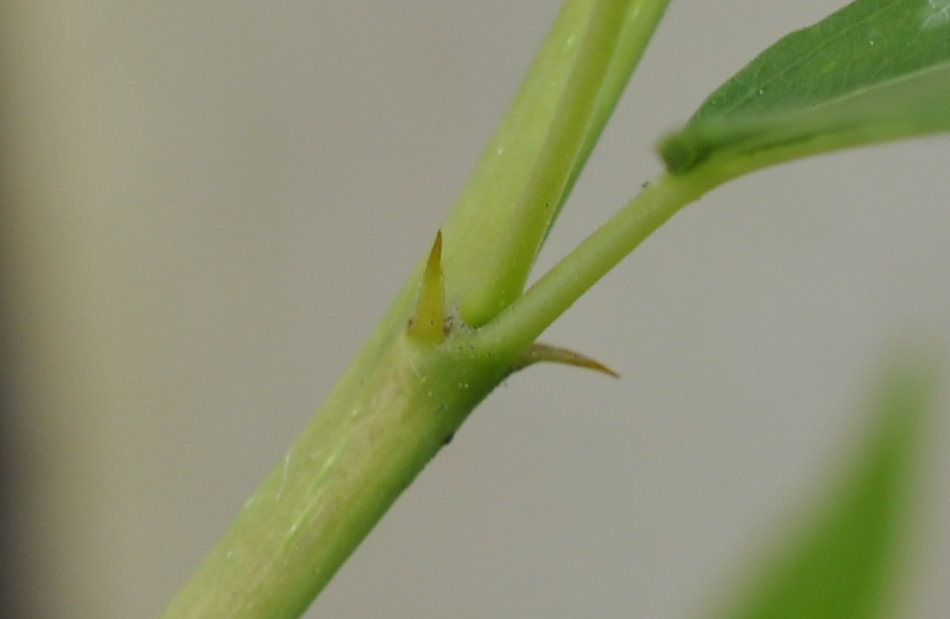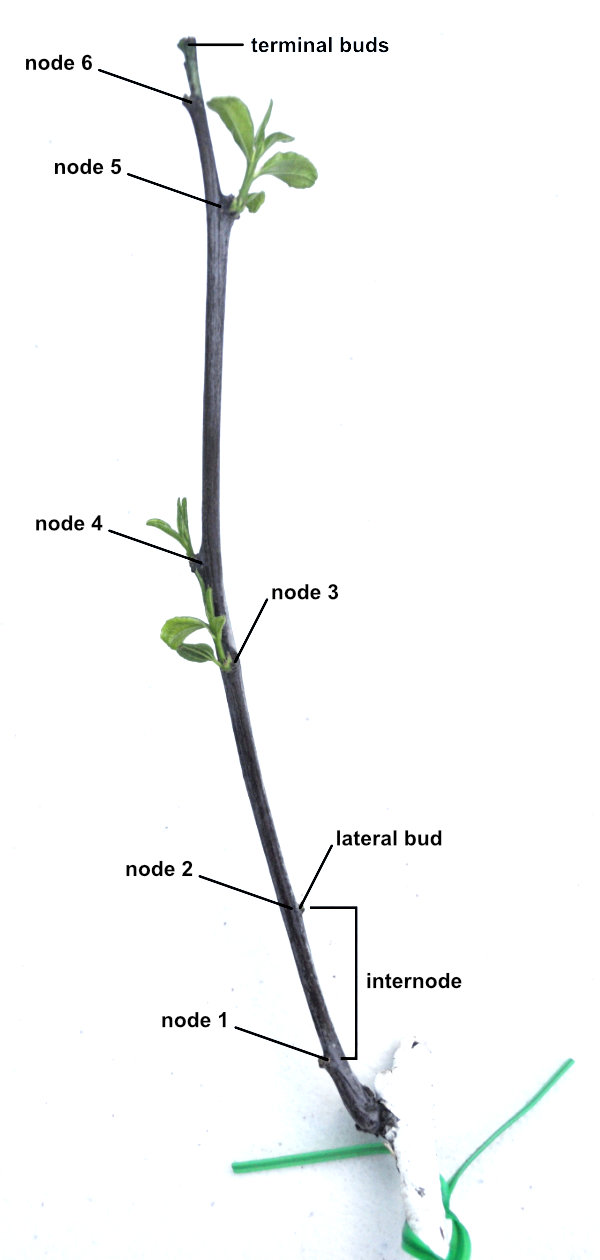 The Jujube Info and Care Reference Manual
The Jujube Info and Care Reference Manual- Plant Morphology (Phytomorphology)
- Stems, Nodes and Buds
- Jujube Tree Stems and Nodes
Jujube Tree Stems and Nodes
Introduction
Jujube tree trunks and branches are, botanically-speaking, stems.
A stem is one of several plant organs, and, like all organs plant or animal, is specialised for specific roles.
A stem is the plant organ which provides structure and support, as well as enables the transport of water and nutrients within the above-ground parts of a plant via the vascular tissue it contains.
A Plant’s Vascular System
Just as we have a vascular (circulatory) system, so too do the vast majority of plants. And just as ours transports water, nutrients and wastes, so too does a vascular plant’s.
Our vascular tissue comprises blood and lymph vessels and reaches all parts of the body. A plant’s vascular system is made of tissues called xylem and phloem, is in all stems and roots, and likewise reaches all parts of its body. Xylem carries water and some nutrients, and phloem carries the food produced by photosynthesis (called photosynthates).
Xylem walls further contain lignin, an incredibly complex carbohydrate polymer which confers rigidity:

Attribution: real name: Karol Głąbpl.wiki: Karol007commons: Karol007e-mail: kamikaze007 (at) tlen.pl, CC BY-SA 3.0 , via Wikimedia Commons
This lignified xylem is what makes structural support possible in a plant.
Non-Vascular Plants
A non-vascular plant is, not surprisingly, one without a vascular system, and thus does not have xylem and phloem tissue. Plants without xylem also lack lignin, and structural support. On land, such plants are small, poorly-differentiated, flat organisms like liverworts. Algae (most of which are not plants) are also non-vascular, poorly-differentiated, flat organisms — for them, their aquatic environment provides the structural support for larger growth.
Vascular Plants
Vascular plants on the other hand have two clearly differentiated structures: the stem and the root. (Though where a stem begins and a root ends isn’t always so clear.) The above-ground structure of vascular plants is determined by how their stems grow. Stems also provide support for other plant organs: specifically the leaves, the cones of gymnosperms, and the flowers and fruit of angiosperms.
Stems
As we’ve seen, stems are the plant organs which make the transport of water and nutrients above-ground possible. They are also, via lignified xylem, the organ responsible for structure and support. These functions alone classify stems as specialised organs, but there are several types of stem which go further still in their specialisation.
Some stems are underground. Tubers and rhizomes, for example, are specialised stems for storage. Other underground stems are specialised for reproduction, examples being bulbs, and rhizomes again.
Jujube trees don’t have underground stems and none of these apply to them. The specialised stem types which jujube trees do have —and which are shared by many other species —are woody stems, branched stems, and thorns.
Woody stems are stems which are hardened by the growth of secondary xylem. These specialised stems provide additional strength and protection, and enable some species to grow to great heights and widths. Jujube trees can reach 10 m high by 6 m wide for example.
Branched stems are stems which are connected to, but not part of the central trunk. They may or may not be woody. A fancy botanical word for ‘branch’ is ramus, but a simpler word again is simply ‘branch’. (’Ramus’ is Latin for ‘a branch, bough, twig’ and its use is more common in anatomy than botany!)
(An example of an unbranched tree is a palm tree.)
Thorns are modified stems with sharp ends. These also provide protection and arise from buds.

© Optimate Group Pty Ltd
Buds in turn are embryonic shoots — young stems with leaves.
Other specialised stems found on jujube trees are the pedicels and peduncles which support flowers and fruit.
Stem Structure
A stem can be divided into nodes and internodes.

© Optimate Group Pty Ltd
Nodes are the points of attachment along a stem, and where the leaves, thorns if any, and buds are located. The internode is the length of stem between nodes, and it is growth in this region which extends trunks and branches.
About the Author
BSc(Hons), U.Syd. - double major in biochemistry and microbiology, with honours in microbiology
PhD, U.Syd - soil microbiology
Stumbled into IT and publishing of all things.
Discovered jujube trees and realised that perhaps I should have been an agronomist...
So I combined all the above passions and interests into this website and its blog and manuals, on which I write about botany, soil chemistry, soil microbiology and biochemistry - and yes, jujubes too!
Please help me buy a plant if you found this article interesting or useful!